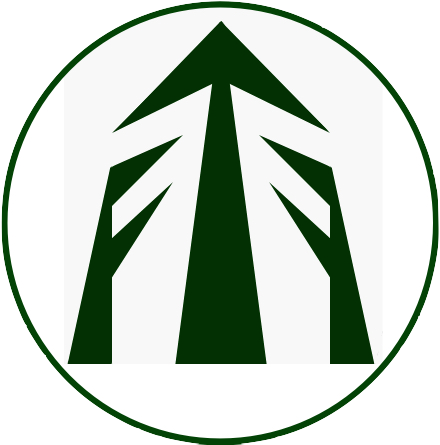Structural Timber and the Building Code
All new building work in New Zealand must comply with the NZ Building Code. A design based on New Zealand Standards cited in the NZ Building Code as Verification Methods or Acceptable Solutions, must be accepted by building consent authorities as complying with the Building Code.
NZS 3604 Timber Framed Buildings
NZS 3604 sets a minimum standard for the design and construction of timber-framed buildings as an "Acceptable Solution". NZS 3604 provides methods and details for the design and construction of timber-framed structures not requiring specific engineering design. NZS 3604 is a core resource for builders and building consent authorities determining structural compliance with the New Zealand Building Code.
Although NZS 3604 applies to only radiata pine and Douglas fir, the standards provisions are applicable to other timbers, provided adequate structural performance and durability can be demonstrated via an "Alternative Solution". Specialty Timbers New Zealand are working on Alternative Solutions for a range of structural timber species and products. Note that NZS 3604 states that structural properties for timber grades are as specified in NZS 3603.
Find out more about NZS 3604 »
NZS 3603 Timber Structures
NZS 3603 contains design stresses and is the "Verification Method" for specific engineering design of timber structures that meet the performance requirements of the New Zealand Building Code. To use this standard you'll need a structural engineer.
NZS 3603 Timber structures Standard statesclause 2.3 that timber of species and grades not listedTables 2.2 and 2.3 are only for radiata pine and Douglas fir may be assigned characteristic stressesFor strength properties, characteristic stress or strength is an estimate of the lower 5-percentile value determined with 75% confidence, from tests on a representative sample of full size test specimens. For stiffness properties, the characteristic value is the mean value..
Find out more about NZS 3603 »
Determining Characteristic Stresses of specialty timber species
Both NZS 3603 and NZS 3622 allow for determining characteristic stresses for grades of any timber species, by testing a reference sample in accordance with AS/NZS 4063.1:2010.
Specialty Timbers NZ have determined the Characteristic Stresses for the following timber species for our structural grades:
With our grades, these species can be used for code-compliant structural applications by using NZS 3603, and involving an engineer in the design. Look for an engineer in the Marketplace.
Note that the timber must also meet the durability performance requirements of NZS 3602.
NZS 3622 Verification of Timber Properties
Both VSGVSG (Visual Stress Grades) are sorted on the basis of visual characteristics. Visual characteristics are good for determining strength but not so good for predicting stiffness. In the case of visual stress grades, the verification process is more pertinent for checking the stiffness characteristics. and MSGA machine stress grader is only capable of testing the stiffness of timber but not strength. There is correlation between stiffness and strength but visual characteristics such as knots are the main determinant of strength. Therefore visual grading is also undertaken after the wood has been machine graded for stiffness. In order to determine whether the strength properties for machine stress graded product are being achieved, samples of the production must be independently tested on a static testing machine in accordance with the Verification Standard NZS 3622:2004. This tests for both stiffness and also bending strength. grading systems assign timber into Structural Grades (SG) according to their stiffness and strength.
Both grading systems are subject to the same rules and grade acceptance criteria as set out in the Verification Standard NZS 3622:2004.
The verification process described in NZS 3622:2004 is an output control system, which means that timber is continuously taken from production and tested for stiffness and bending strength by the producer. Independent auditing also takes place.
Find out more about NZS 3622 »
Disclaimer: While every effort is made to ensure the accuracy of the information provided on this site, Specialty Timbers New Zealand inc. do not accept liability for any consequences arising from reliance on the information published. If readers have any doubts about acting on any articles they should seek confirming, professional advice.
 Specialty Timbers New Zealand
Specialty Timbers New Zealand